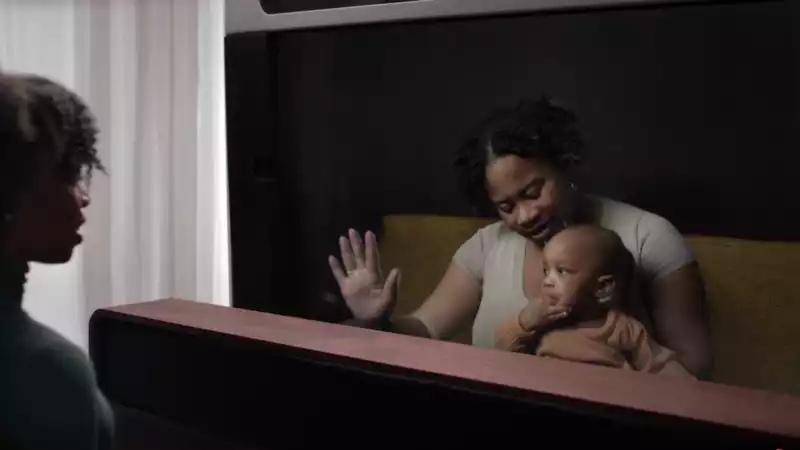Google is working on a new virtual communication.
Announced today at Google's I/O press event, this new communication tool, now called Project Starline, uses a light-field display, spatial audio, and large amounts of data to make the person you are calling feel as if they are there The goal is to give the user the sensation that the person they are calling is there.
Here's how it works: Google currently has a Project Starline booth in its office that uses a number of cameras and custom depth sensors to capture live 3D images of you.
That image, along with audio, is sent to another booth, where it is projected as a real-time 3D model using a 65-inch light field display. In a demonstration video provided by Google, two speakers using Starline were able to make eye contact and use gestures as if they were sitting in the same room together.
Data is sent in both directions via the open source WebRTC framework that underpins Google Meet, using custom compression technology developed by Google.
Starline technology is still under development and will not be deployed immediately to customers. Starline relies on a suite of specialized cameras and depth sensors, not to mention expensive light field displays, so whatever communication products the technology may lead to will first be deployed to businesses and enterprise customers who have the means to use it. It will likely be deployed first to enterprises and enterprise customers that have the means to use it.
Still, it is exciting to see Google pushing the limits of how volumetric holograms can be used for live communication. Clay Bober, Google's vice president of AR/VR, recently told Wired that the company plans to trial the Starline technology with several enterprise customers later this year
after about 14 months of internal trials.









Comments